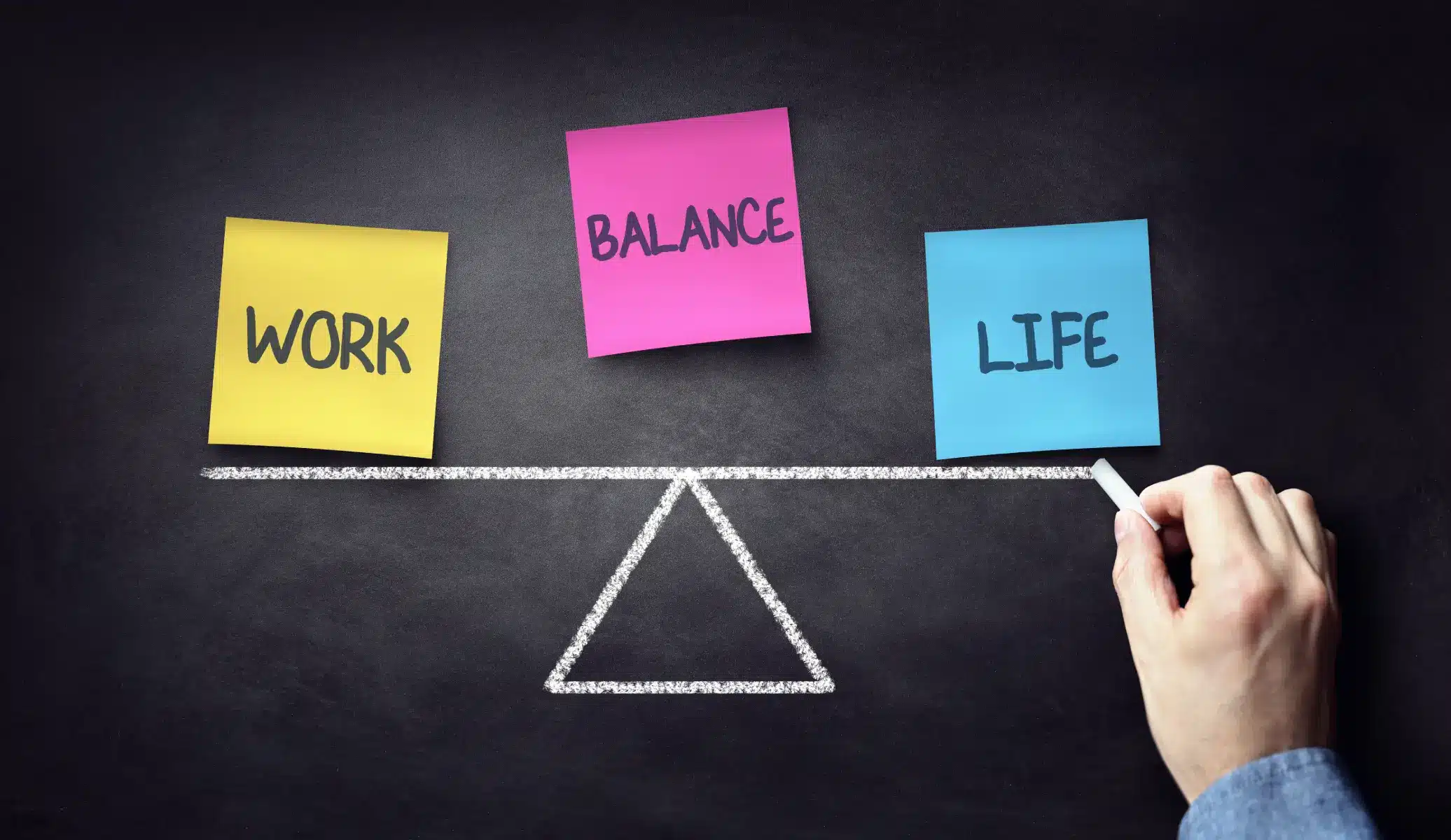A report by the Institution of Employment Studies suggests that 9 out of 10 people experience trauma at least once in their life. Out of these, one-thirds will develop PTSD or Post Traumatic Stress Disorder. A traumatic event is inevitable and can happen to anyone, even your employees. However, preparing for it and taking appropriate action when it happens can help reduce the effects of the trauma.
To provide the right coaching and consultancy in the workplace for an employee suffering from trauma, you need to understand what exactly trauma is.
What is trauma and how does it impact your employees?
Trauma is a specific event or a series of events that triggers an intense emotional response from a person. This intentional emotional response can be helplessness, fear, horror, unstoppable crying or even fainting. There are several symptoms that identify trauma.
- Flashbacks
- Continued anxiety
- Highly distracted
- Acute nervousness
- Sleeplessness
Trauma affects the psychology of a person and can have negative impacts on not just an employee’s performance at work but also their personal lives. It hampers an employee’s ability to be creative and productive, prevents them from learning and applying themselves in the workplace, and also stops them from making interpersonal connections.
How to deal with trauma within the workplace?
Trauma can be triggered by numerous events – death, suicide, or accident of a close person, bullying, harassment, toxic work environment, acute pressure, overworking, isolation, extreme noise, flashing lights, lock-down, and more. A study asked employees to rank the most traumatic workplace event and the results were astonishing. 28% found job layoffs and unemployment traumatic, 25% found workplace violence traumatic, 19% found the death of a peer traumatic, while 14% found a natural disaster in the workplace traumatic.
Every person deals with trauma differently. However, the first thing that helps pacify any traumatic person or helps someone prevent trauma altogether is the feeling of safety. Simply speaking to a trauma suffering employee for half an hour does not mean they would stop experiencing its debilitating effects. Trauma is psychological. When trauma triggers are present within the workplace, it is essential for leadership and human resources to come together and provide their employees psychology based training therapy, coaching, and consultancy.
Keep an eye out for high risk employees
Leadership doesn’t just entail getting the best work out of your employees. It also includes being alert about your employee’s well being and keeping an eye out for those that are at high risk of suffering from a trauma or are suffering from trauma. Trauma is highly subjective. A particular event can gravely affect one person but some other person who undergoes the same event may just shrug it off. Work closely with your human resources team and regularly monitor negative events that take place in the workplace.
While speaking with your employees in a safe space or hosting informative sessions is good, you need to do more than just that. Appointing a family support liaison in the workplace is a good idea. An occupational therapist works best for this role. They take calls or meet with concerned family members of the employee who is at risk. Depending on the seriousness of the family member’s concern, the liaison can either share resources with them or direct them to important courses of action such as reporting to a doctor.
Organisational development, coaching, and consultancy
Prevention is better than cure. However, some things can simply not be prevented. In such scenarios, one can only prepare for them. When you know how to tackle a traumatic situation you are always better prepared for it. This is where organisation development, coaching, and consultancy can work wonders. Mental health and wellbeing coaches can help you organise developmental and coaching in your workplace. It doesn’t just prepare one person for trauma but many and also allows your employees to learn how they can help their peers who might or are suffering from the effects of trauma.
Knowing what to do in the event of a trauma reduces the feeling of helplessness and helps a person feel safe. Coaching and consultancy also involves team building and collaboration exercises which help employees feel a good sense of belonging and safety. When the leadership gets involved with human resources to help build psychology based coaching for their employees, employees get the clear message that for the company, the employee comes first. The coaching also helps corporate level managers develop leadership skills and enable them to delegate work to their employees better. You will learn how to ease out work for high risk employees and provide them mentorship.
Psychology based training, therapy, and well being in the workplace
68% of working American women say that in the event of a trauma in the workplace, they would want to speak a professional support service for therapy. Interestingly, 51% of working American men said the same. However, what is shocking is that fewer than half of American companies actually offer therapy and training following a workplace trauma. Incorporating psychology based training and therapy for the well being of your employees is essential even in the presence of one traumatic event.
Use your leadership and check in with employees regularly. Encourage them to seek out the professional support services within the workplace. Ask them how you can ease their work and if there is something they would want their respective teams to know of their situation. When leadership encourages employees to seek psychology based training and therapy, they feel safe and comforted. They gain an objective perspective over the trauma and stop feeling any shame, guilt, or weakness that they might be feeling in seeking professional therapy.
Invest in building psychological resilience in your workplace
For a healthy and productive workforce you need to pay attention to your employees. They need to be fit and mentally capable not just in professional capability but also in personal capability. Help them feel safe, connected, and empowered. Listen to their problems and ensure that they have not just your support but their peers too. Developing a peer support program is also a good option to help facilitate this. Peers with traumatic workplace experiences can come together and offer help and support. Promote collaboration and trustworthiness and invest in building psychological resilience in your employees.
If you would like to learn more about building psychological resilience in your workplace or for your own wellbeing, please do not hesitate to PM or email me at richard@pinnacle wellbeingservices.com and I’d be delighted to discuss.



















